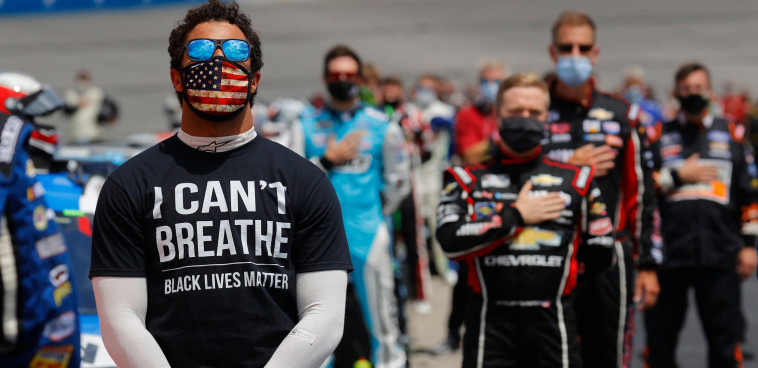The expectation for brands to take an active stand on social issues is more critical now than ever before. Consumers have taken to the streets and to social media to bring awareness to social justice issues and increasingly expect brands to align with these issues, showcase empathy and create pathways to change.
In 2021, brands can no longer stand on the sidelines and turn a blind eye — they must use their influence to ethically effect change and fight for justice alongside their consumers.
But how can brands do this responsibly and without coming across as performative or opportunistic?
Brand marketing, advertising and communication departments are uniquely positioned to influence how people think, see themselves and view the world. These professionals hold the cultural currency needed to make substantial change and are at the forefront of these core issues.
Below are three core issues marketing leaders must keep in mind both internally and externally.
Relationships matter — and it starts internally
Simply put, brands must practice what they preach. And that starts with assessing where you are — and that must start with your employees. Being aware of where your brand stands is the first step toward action. There’s no recipe and there’s no overnight fix, but sustained work, practice and preparation make all the difference.
Recognizing, respecting and honoring humanity is the first step toward achieving racial equity. Are you familiar with the saying: “When a flower doesn’t bloom, you fix the environment in which it grows, not the flower”? In this context, that means rather than expecting individuals to fit into a set “company culture,” companies should focus on building a culture that honors its employees’ unique differences as strengths. If an organization respects the differences of its people, understands their unique histories, and makes room for their varying life experiences, it will begin to organically attract and retain the thriving, diverse workforce that will carry it for decades to come.
Consider bringing in outside voices to support your team’s development and start incorporating your values into the fabric of the brand and your actions. While these conversations are often uncomfortable, imperfect and messy, they are a good thing. There is no transformation without conversation — a conversation with our customers, colleagues and the examination of our thoughts and biases.
Employee resource groups can be an impactful way for companies to build community and offer support internally — especially during times of uncertainty. Employee resource groups also offer an opportunity to invest in allyship and create an environment for employees to learn from those whose identities and cultural norms are different from their own.
Moving beyond “hashtag activism”
Substantive activism is the foundation of change within organizations. Brands play a larger role in our lives and in our society and with a convergence of growing challenges, we expect brands to respond with more than a hashtag or empty platitudes; we expect action. Your stakeholders will choose, switch, avoid and/or boycott your brand based on your stand on societal issues. Accountability is critical: “Trust is built in droplets and lost in buckets,” as the saying goes.
Preserving trust with your stakeholders requires sustained and consistent investment to causes that align with your company’s true north.
Companies must show synergies between their inclusive marketing efforts and their publicly communicated commitments. Brands who step up to this challenge set themselves up for success — they display proactive leadership and create a foundation of trust with their stakeholders. Take Ben & Jerry’s, for example, which has always made speaking out against social justice issues part of its DNA. In its “Silence is not an option” message, Ben & Jerry’s asked for four policy changes, which they followed-up with 12 Ways You Can Help Eradicate White Supremacy. This balance between what they practice and what they preach continues to elevate them as a leader in the purpose space.
Change is happening rapidly — how do we keep up?
The world is evolving rapidly and brands must embrace the new tides. Diversity, equity and inclusion must become part of the continuously evolving DNA of your marketing efforts. Remember, one voice has power, but a group of committed voices delivers the impact we want to see.
The expectation is a clear stance on social justice issues and a real commitment to action. Saying your brand will do better without connected action won’t stand up to scrutiny. While many brands have shown support for Black Lives Matter and other social justice issues in recent years, building trust with stakeholders today requires sustained and consistent investment.
Being well informed also is crucial to stay ahead. In this environment, everyone should be committed to continuous learning about diversity, equity and inclusion as a responsibility of the job. Recognize that your brand may be starting from scratch, and no matter where you are in the journey, it’s important to get started today.
Marketing professionals have real power to transform norms and influence culture. This is a power that we should not take lightly. Our storytelling exposes people to perspectives. We decide what stories get told. We decide what stories don’t get told. We decide what voices to amplify. We are responsible for daily socialization that impacts people over a lifetime.
Ty Heath is Director, Market Engagement, The B2B Institute at LinkedIn.
